Feathered Edge Blood Smear Slide
This is the part, where large particles are gathered, so it is useful to quickly check it, to detect some abnormalities like microfilaria, platelet clumps and unusual large cells.
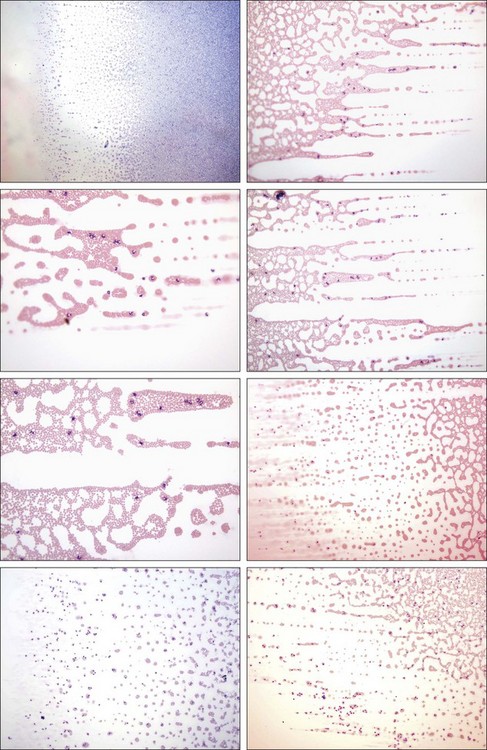
Feathered edge blood smear slide. Failure to keep the entire edge of the spreader slide against the slide while making the smear. Allow smear to thoroughly air dry. Smear begin 0.5 inches from the base of the slide or 4mm from the frosted edge 7.
Place a small drop of blood on the pre-cleaned, labeled slide, near its frosted end. Feathered edge of a blood smear. However, some large cells such as blasts may roll to the edge of the smear during preparation and may be more readily found there on visual scanning of the smear.
The best area for cell counting is the monolayer of cells (counting area) between the thick region and the feathered edge (Thrall et al., 04). Failure to keep the spreader slide at a 30° angle with the slide 13. - pusher slide backs into drop of blood and pushes it forward - angle of pusher slide:.
The monolayer will contain cells that are the easiest to identify and are the least distorted. Left to air-dry and fixed with a quick dip into 100% alcohol, the appearance of a ‘feathered edge’, where blood cells are evenly distributed and only one cell thick, will prove the success of your blood smear technique. Furthermore, the technology utilizes monolayer identification in support of long and short smears and automates the analysis process by pre-classifying 0 white blood cells.
Feathered edge of peripheral blood smear Tweet Quick scan on low power through entire slide for adequate distribution of cells then Check for platelets clumping & atypical cells at feathered edge. The smear itself should look very smooth with a seamless progression to what is called a “feathered edge”. High-quality, beveled-edge microscope slides are recommended.
Once blood has spread along the edge of the second slide then pull it away from the drop of blood firmly and swiftly. With a lead pencil, label the slides with the. Using gentle pressure, gently pull the second slide back into the blood drop and allow the blood to spread to the edge of the slide.
Scopio Labs Receives FDA Clearance for its AI-Powered Full Field Peripheral Blood Smear (Full Field PBS) Application. A monolayer area just behind the feathered edge. Slide is labelled with the patient identifier and type of sample (in this case, “blood film”).
Spreader slide pushed across the slide in a jerky manner. The fixative is essential for good staining and presentation of cellular detail. Other variables (hematocrit of the sample, wedge slide feathered edge, staining technique, humidity, human factors, etc.) suggest that these manual counts.
Don’t use a drop of blood that is too small. The smear is greater than 25 mm long and the feathered edge stops approximately 10 mm from the end of the slide. Bring another slide at a 30-45° angle up to the drop, allowing the drop to spread along the contact line of the 2 slides.
Whereas a smaller angle gives a thin smear. With its fully digital, automated scan and image acquisition system, the Full Field PBS offers unique user experience of in-slide navigation to specified locations within a slide, all through a. Fresh smears are particularly important when evaluating blood smears for:.
Submit 1 well-prepared, thin blood smear on clean, grease-free slide. Allow slides to dry on a flat surface. This allows clinical laboratories the ability to capture digital scans with full field view of the the monolayer and feathered edge at 100X oil immersion resolution level.
The blood will spread behind the spreader slide by capillary action and should be allowed to spread the full width of the spreader slide. More VERTICAL -- short thick smear - angle:. If there is a thick line of blood where the slide stopped, it’s an indication of a poorly made smear.
Allow the blood to spread along the edge of the slide. Place a drop of blood approximately 4 mm in diameter on the slide, approximately 0.5 cm from the frosted area. Not a good area to review red cell morphology.
Once the blood smear is stained, the cells are visually inspected with a microscope. Take a second slide and lie the edge flat on the smear slide. Blood smears Troubleshooting blood smears Do make sure there is a feathered edge.
You want to be way out on what we call the 'feathered edge' of the slide. This part of the smear should be scanned at low power to detect platelet clumps and microfilaria, as shown in the top panel, but should be avoided when using the oil immersion objective. This should be the first part of the smear that is examined at low power to detect platelet clumps and microfilaria, but should be avoided when evaluating blood cells at higher power.
Prepare a second slide. Proper blood smear preparation. (if there are platelets clumping there is no need to try and count platelets in the monolayer).
These pictures show the low and high power appearance of the feather edge, which is too thin to use for identification of leukocytes and assessment of morphologic too thin abnormalities. View of the monolayer and feathered edge at 100X oil immersion resolution. • Decrease the speed of the spreader slide.
The slide in your hand is the spreader slide. Push-smear techniques result in a more consistent "feather-edge" and a better monolayer (red cell area) for. Microscopically, there should be a uniform distribution of platelets without clumping.
The smear should have an even "feathered edge." Allow the smears to air dry completely. The wedge smear is a convenient and commonly used technique for making peripheral blood smears. Don’t go too fast.
Once the smears are dry, place them in the cardboard slide holders, tape shut, and transport to ALI along with the EDTA blood. Using your dominant hand, place the edge of the other slide at an approximately 35-45⁰ angle on the first glass slide, in front of the blood drop. The smear should cover 1⁄ 2-3⁄ 4 of the slide and finish with a “feathered” edge.
If using a needle and syringe, first remove the needle and then touch the end of the syringe to the slide. Allow the smear to air dry. The size of the drop of blood and viscosity of the sample may lead to inconsistencies on the part of even the most practiced laboratorians.
That is, you want to be in the shallow end of the blood smear, not in the middle of the slide. • Increase the speed of the spreader slide. Macroscopically, the smear should exhibit a gradual transition from thick to thin, ending with an acceptable feather edge free of streaks, waves, or holes.
This edge should have a fine, feathery appearance;. A well-developed feathered edge. Unstained and stained blood smears with a near perfect “feathered edge” are shown in Figure 4.
The resulting blood smear should be at least two-thirds of the length of the slide. Don’t hesitate with the spreader slide. Just give it a quick glance and make sure the red cells aren’t either piling up all over each other, or spread out too far with lots of holes in between – like the red cells in the image above.
And quickly pushed forward to the end of the first slide. Coverslip smears result in more equitable distribution of leukocytes. Prepare with a “feathered edge.” Smear should be no more than a single cell thick.
Smears may be made using coverslip or push-smear slide techniques. • Decrease the angle of the spreader slide. Push the second slide back until it contacts the drop of blood.
Smear is spread across (side to side) both sides of the slide to the edge 5. But it also raises questions of accuracy. This may be done by hand or using an automated slide maker coupled to a hematology analyzer.
It features adaptive monolayer identification for optimal imaging and analysis of short and long smears, including the feathered edge of the sample. Labs don’t report bands. Troubleshooting blood smear errors Problem Solutions Short smear • Use a larger droplet of blood.
As the blood spreads along the trailing edge of the spreader slide, this slide is advanced in a rapid and smooth motion, carrying the blood with it. View chapter Purchase book. The desired and only lab-accepted "smear" results in a feathering of the blood, or a increasingly thinning of the amount of blood across the plate, in turn creating a feathered appearance of the.
More HORIZONTAL -- long, thin smear and no feathered edge - use clean edge of pusher - want 45 degree angle and push forward at EVEN speed. Knowing where to look on the slide can make all the difference between being able to see what's there, and frustration. The spreader slide is advanced forwards, creating a smear with a feathered edge If too much blood is applied to the slide or taken up by the spreader slide the smear will be too long and the cells will be pushed over then end of the slide.
Common causes of a poor blood smear 1. The blood film occupies the central portion of the slide and has definite margins on all sides that are accessible to examination by oil immersion. Label slide with patient’s full name (first and last) and date and time of.
Zones of a blood smear. (1) the thick inner area (body);. Tail edge, or feathered edge of smear.
And (3) the feathered edge (the most external area). Feathered edge of peripheral blood smear 6 years ago by Medical Labs 0 Quick scan on low power through entire slide for adequate distribution of cells then Check for platelets clumping & atypical cells at feathered edge. Blood Smear 6a 6b 7 The PULL technique:.
While the goal is to have the smear cover approximately two-thirds of the slide with a feathered edge at the end, the slightest adjustment of the hands vs. To be able to see individual cells, it is first necessary to create a very thin film of blood with a “feathered edge” (a single layer of cells) on a glass slide. One slide serves as the blood smear slide and the other as the spreader slide.
Make sure that the smears have a good feathered edge. Push the spreader slide smoothly and quickly down the slide producing a feathered edge. Long smear / no feathered edge • Use a smaller drop of blood.
Blood smear preparation is a technical skill that requires practice. For best results use a Bev-L-Edged slides for both the blood smear & second slide (“spreader”). This method produces a gradual decrease in thickness of the blood from thick to thin ends with the smear terminating in a feathered edge approximately 2 mm long.
A platelet count can be estimated from a monolayer blood smear, if there are not platelet clumps along the feathered edge. This is the very end area of the smear and consists of a monolayer of cells. It's easy to run it through a slide.
Using a capillary tube, place a 2-3mm drop of blood about 1cm from the frosted end of a clean slide that is on a flat surface. The feathered edge This is the end of the blood smear and should be completely present and fully stained (a smear that is “too long” will lack a feathered edge). Under 100x oil immersion magnification, platelets on each of 10 fields are counted, averaged, and multiplied by 15.000 in order to get the estimated number per /µl.
Draw the spreader slide rapidly and smoothly over the entire length of the smear slide pulling a thin even film behind it. ADVANCE Staff November 7, 13 February 13, 19. The loss of central pallor is likely secondary to thinning of the blood smear at the feathered edge, and leukocyte distortion is likely secondary to dragging of cells to the feathered edge that can occur during slide preparation.
-leukocyte distribution at feathered edge allows for the identification of abnormal cells that tend to locate on the edges of the smear disadvantages of wedge smear poor leukocyte distribution with monocytes and neutrophils being drawn out of the optimal counting area to the feathered edge acceptable samples for peripheral blood smear. This slide is held at an angle (about 30 degrees) and drawn backward into the drop of blood. This region should be noticeably thinner than the body, but should blend in with the body of the smear.
Don’t use a dirty or chipped spreader slide. Larger cells, such as this immunoblast (black open arrow), are often pulled to the feather edge in the preparation of blood smears as. Blood smears have three major areas:.
• Increase the angle of the spreader slide. If the smear is prepared from an EDTA sample, the specimen should be free of clots. The end of smear is called a feathered edge and can be recognized by loss of erythrocyte central pallor and a reticular pattern of erythrocyte distribution.
Closeups of the feathered edge of blood smears. A thin monolayer region where erythrocytes and leukocytes can be adequately evaluated. Rainbow sheen at end of the slide (feathered edge and monolayer) 6.
It is important to scan the feather edge of a smear during manual morphologic review to detect cells and even microfilarial worm s that have been "dragged" to this portion of the blood smear. You should be a couple medium-power fields in from the “feather edge,” which is the thin edge of the smear where the cells are all spread out and there are huge empty spaces. This technique requires at least two 3 × 1-inch (75 × 25-mm) clean glass slides.
Pick up a second clean slide and hold it by placing your first two or three fingers on one edge of the slide and your thumb on the opposite edge;. Morphologic evaluation of cells Organism identification High quality slides should have:. The smear is rapidly air dried, labeled in pencil on the frosted end, and stained.
The slide is left to air dry, after which the blood is fixed to the slide by immersing it briefly in methanol. Blood smears are notable for numerous target cells that are relatively uniform in appearance. A feathered edge and extend 1/2 to 2/3 the length of the slide.
Quickly push the upper (spreader) slide toward the unfrosted end of the lower slide. The inner area is the thickest area of the smear, and cells are usually too contracted, distorted, or poorly stained for reliable evaluation.
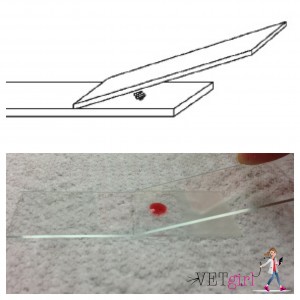
How Do I Make A Good Blood Smear Vetgirl Veterinary Ce Podcasts
Http Williams Medicine Wisc Edu Blood Smear Pdf
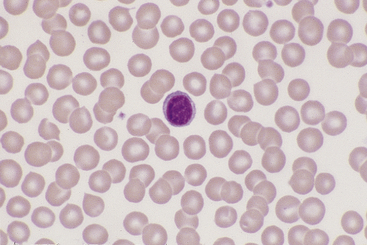
Peripheral Blood Smears Veterian Key
Feathered Edge Blood Smear Slide のギャラリー

Feathered Edge Of Peripheral Blood Smear Medical Laboratories
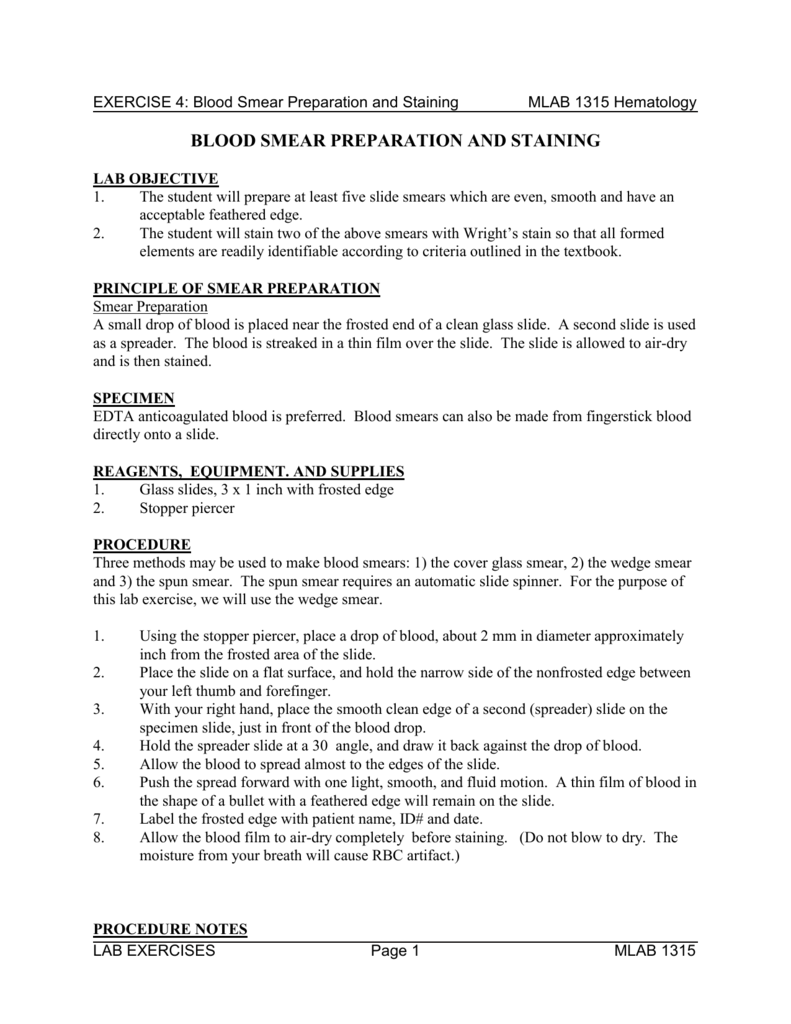
Blood Smear Preparation And Staining
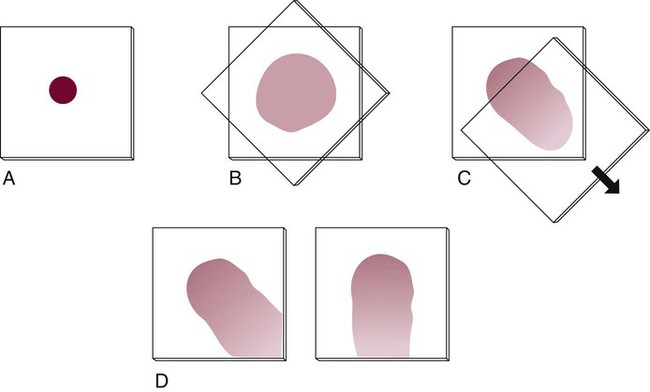
Examination Of The Peripheral Blood Film And Correlation With The Complete Blood Count Oncohema Key

Blood Smear Platelet Evaluation Interpretation Clinician S Brief
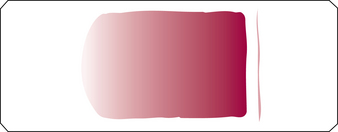
Introduction To Peripheral Blood Smear Examination Oncohema Key
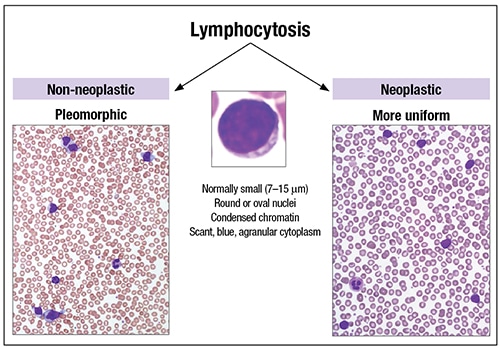
Practical Challenges In Peripheral Blood Smear Evaluation Cap Today
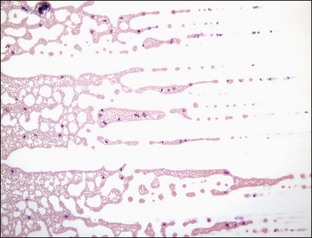
1 General Assessment Veterian Key
Www Agric Wa Gov Au Sites Gateway Files Master your blood smear technique Pdf
Cvm Ncsu Edu Wp Content Uploads 16 09 Blood Smear Basics 16 Pdf

Blood Smear No Feathered Edge From Vetstream Definitive Veterinary Intelligence

In Clinic Hematology The Blood Film Review Today S Veterinary Practice
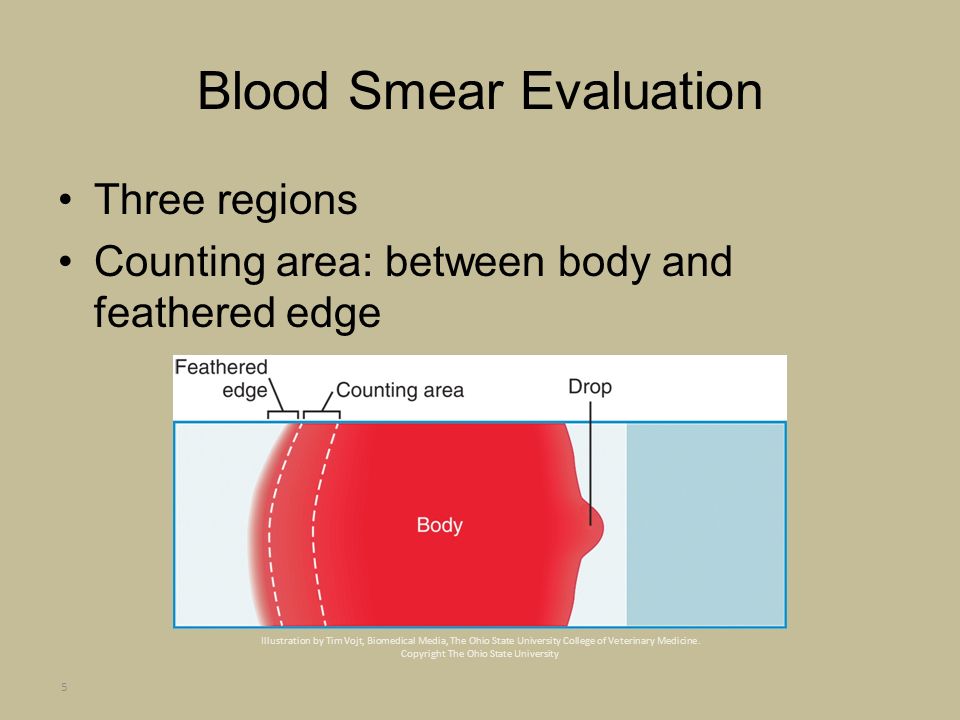
Evaluating A Blood Film Wbc Morphology Wbc Blood Parasites And Ppt Video Online Download
Cvm Ncsu Edu Wp Content Uploads 16 09 Blood Smear Basics 16 Pdf
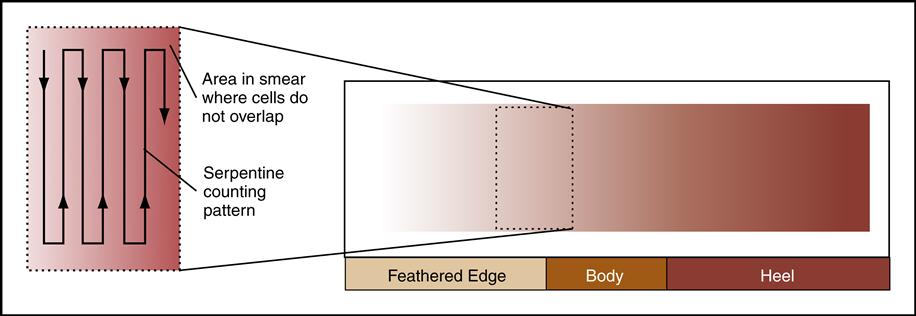
5 Hematology Nurse Key
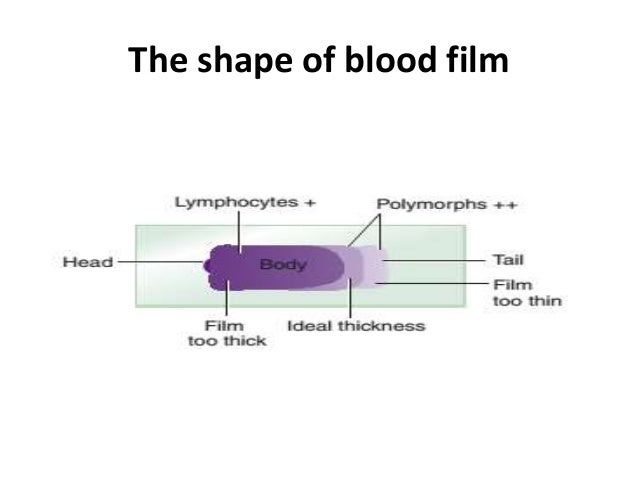
Peripheral Blood Smear Examination
Http Williams Medicine Wisc Edu Blood Smear Pdf
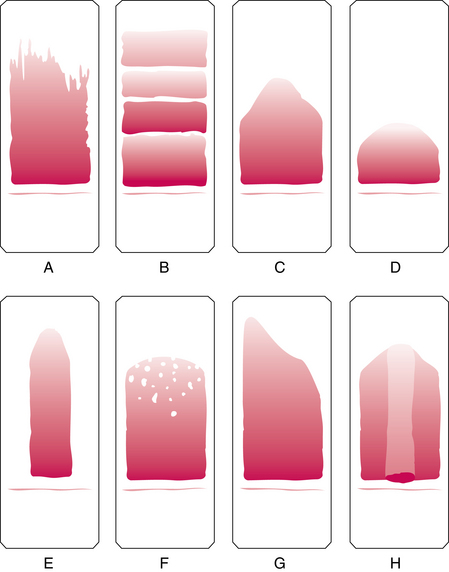
Introduction To Peripheral Blood Smear Examination Oncohema Key

Feathered Edge Of A Blood Smear Eclinpath
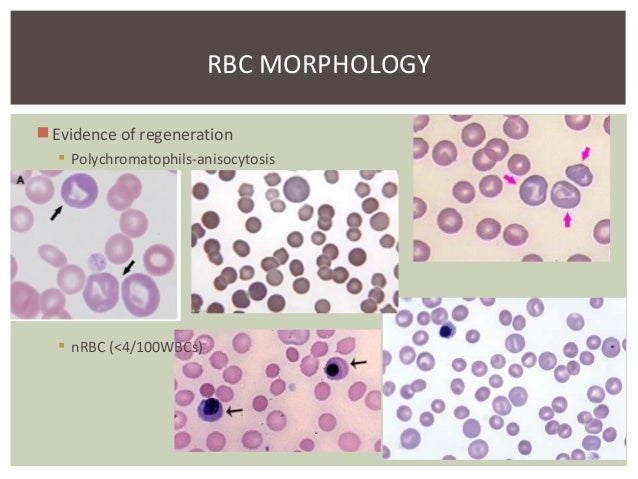
Blood Smear Evaluation

Blood Smear Preparation Clinician S Brief
Cvm Ncsu Edu Wp Content Uploads 16 09 Blood Smear Basics 16 Pdf
Cvm Ncsu Edu Wp Content Uploads 16 09 Blood Smear Basics 16 Pdf

Blood Smear Features Eclinpath

Examination Of The Peripheral Blood Film And Correlation With The Complete Blood Count Rodak S Hematology Clinical Principles And Applications 5th Ed

Did You Know Platelet Clumping

What Are The Differences And Similarities Between Blood Film Test And Full Blood Count Quora
Http Williams Medicine Wisc Edu Blood Smear Pdf
Cvm Ncsu Edu Wp Content Uploads 16 09 Blood Smear Basics 16 Pdf

Blood Smear Platelet Evaluation Interpretation Clinician S Brief

Diagnostic Blood Smear Preparation Clinician S Brief

The Criteria Of A Good Blood Film Medical Laboratories

In Clinic Hematology The Blood Film Review Today S Veterinary Practice

In Clinic Hematology The Blood Film Review Today S Veterinary Practice

Did You Know Platelet Clumping
Cvm Ncsu Edu Wp Content Uploads 16 09 Blood Smear Basics 16 Pdf
Cvm Ncsu Edu Wp Content Uploads 16 09 Blood Smear Basics 16 Pdf
Q Tbn 3aand9gcrupkzmxcqbtkvo1zut3ts7 C Cigmjwjgc Mfvwij5pzkzbp 8 Usqp Cau
Cvm Ncsu Edu Wp Content Uploads 16 09 Blood Smear Basics 16 Pdf
Cvm Ncsu Edu Wp Content Uploads 16 09 Blood Smear Basics 16 Pdf
Cvm Ncsu Edu Wp Content Uploads 16 09 Blood Smear Basics 16 Pdf
Http Williams Medicine Wisc Edu Blood Smear Pdf
Cvm Ncsu Edu Wp Content Uploads 16 09 Blood Smear Basics 16 Pdf

1 General Assessment Veterian Key

How To Get The Most From Blood Samples A Guide To Producing Diagnostic Blood Smears The Veterinary Nurse

Hematology Hemostasis College Of Veterinary Medicine At Msu

Making A Great Blood Smear Sonopath
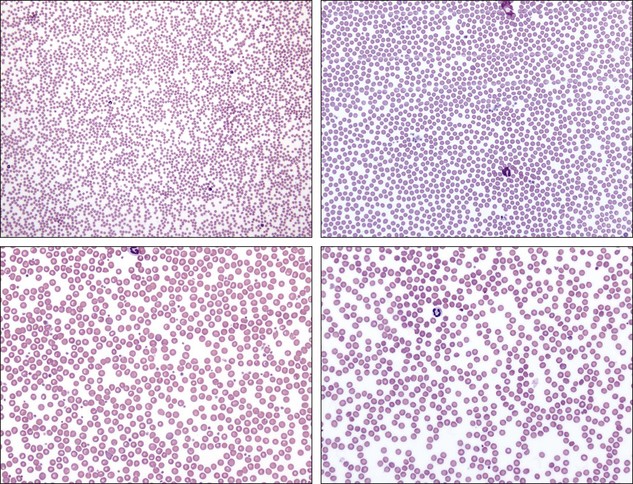
1 General Assessment Veterian Key

Peripheral Blood Smears Veterian Key

Few Qrbcs Seen Black Circle In The Feathered Edge Area Of The Blood Download Scientific Diagram

Blood The Good The Bad And The Ugly Microbiology A Laboratory Experience
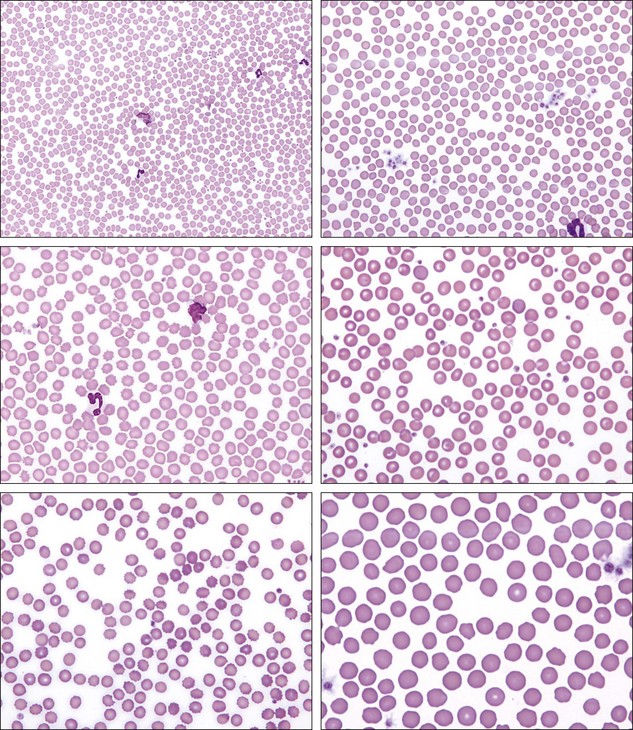
1 General Assessment Veterian Key

Human Blood Film Slide Smear Wright S Stain Carolina Com

Did You Know Platelet Clumping

In Clinic Hematology The Blood Film Review Today S Veterinary Practice

Smear Examination Eclinpath
Cvm Ncsu Edu Wp Content Uploads 16 09 Blood Smear Basics 16 Pdf
Q Tbn 3aand9gcqfe1ahl4izyyvcdfxvjrvtdqt Ottsgewsz8 Ydwlabockagvh Usqp Cau
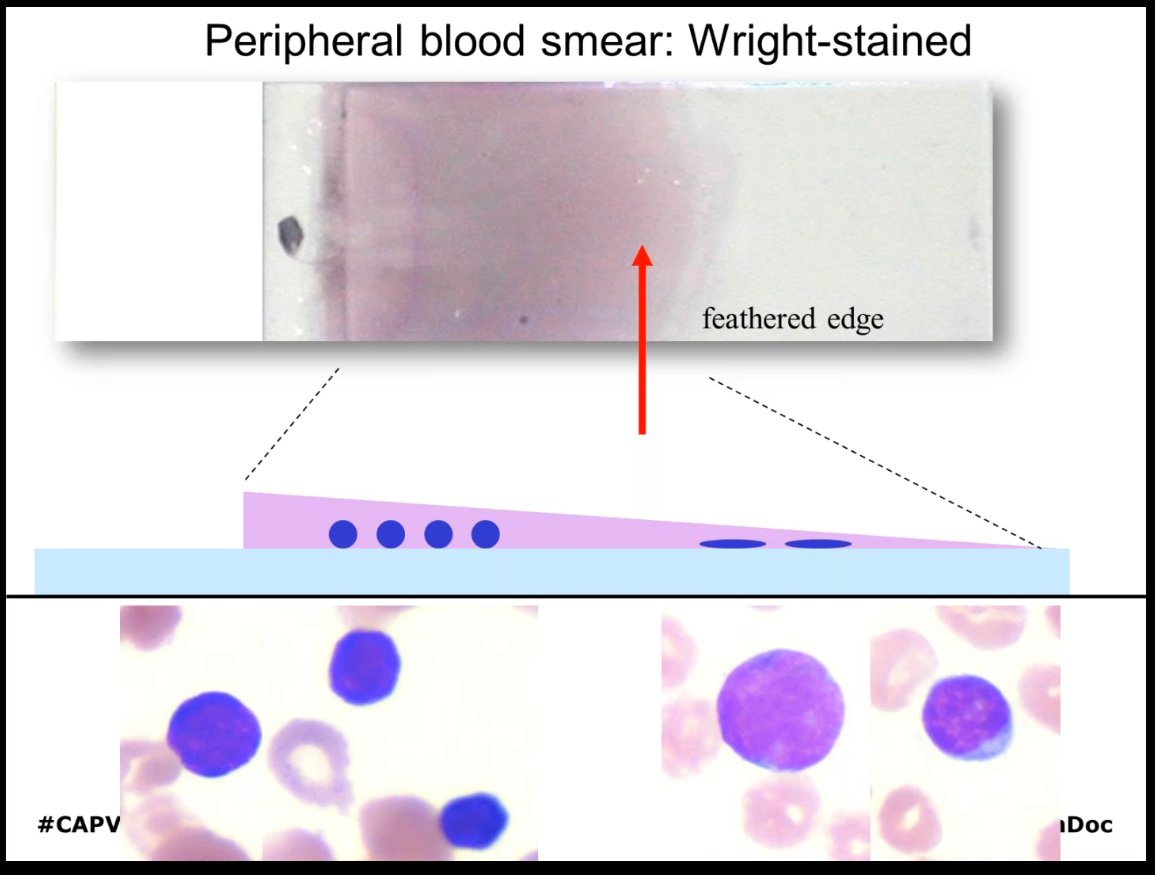
Michael Arnold Md Phd Where You Look On The Slide Of A Peripheral Smear Can Change The Morphology Great Capvirtualpath Tip From Kmirza

Diagnostic Blood Smear Preparation Clinician S Brief
Cvm Ncsu Edu Wp Content Uploads 16 09 Blood Smear Basics 16 Pdf

Practical Assessment Of Blood Smears In Dogs And Cats In Practice
Cvm Ncsu Edu Wp Content Uploads 16 09 Blood Smear Basics 16 Pdf

How To Read A Blood Smear Pathology Student

Tips For Making A Good Blood Smear Medical Laboratories

How Do I Make A Good Blood Smear Vetgirl Veterinary Ce Podcasts
White Blood Cell Differential Wikipedia

Pin On Vet Stuff
Cvm Ncsu Edu Wp Content Uploads 16 09 Blood Smear Basics 16 Pdf
Ieeexplore Ieee Org Iel7 Pdf

Three Minute Peripheral Blood Film Evaluation Preparing The Film Dvm 360
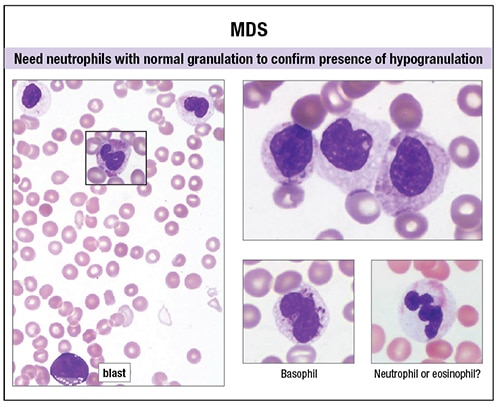
Practical Challenges In Peripheral Blood Smear Evaluation Cap Today

Making A Great Blood Smear Sonopath

How To Get The Most From Blood Samples A Guide To Producing Diagnostic Blood Smears The Veterinary Nurse
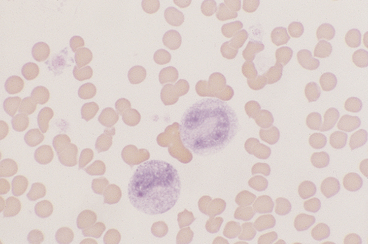
Peripheral Blood Smears Veterian Key

Blood Smear And Cell Breakthrough The Gulls Of Appledore
Q Tbn 3aand9gcs Zmr Leol5dxxge7pdpmbwcvjnj G Tf10qzpbccvui5thu Usqp Cau

Blood Smear Authorstream
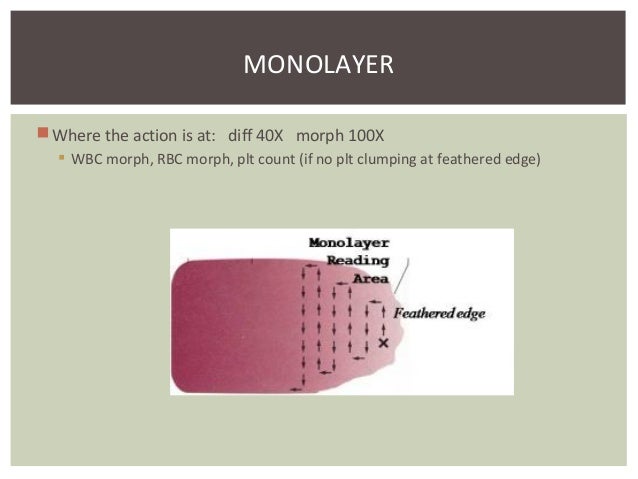
Blood Smear Evaluation

Did You Know Platelet Clumping

Figure 1 From Automatic Zone Identification In Blood Smear Images Using Optimal Set Of Features Semantic Scholar

Blood Film Wikipedia
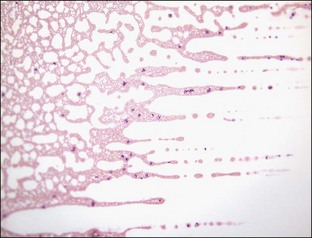
1 General Assessment Veterian Key
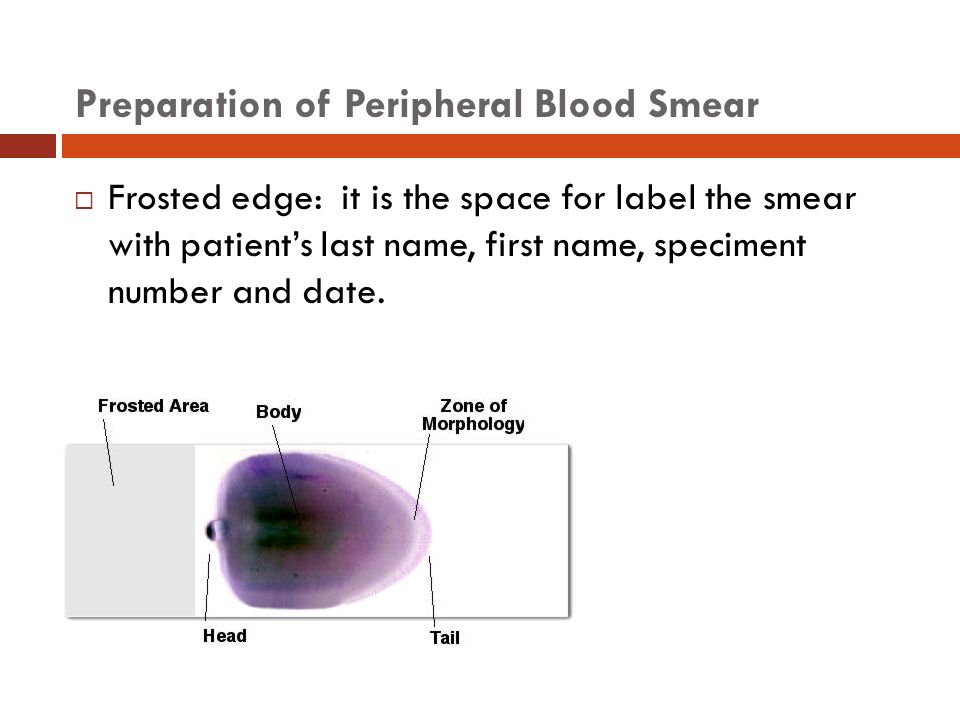
Blood Smear A Nada Al Juaid Ppt Video Online Download

How To Get The Most From Blood Samples A Guide To Producing Diagnostic Blood Smears The Veterinary Nurse
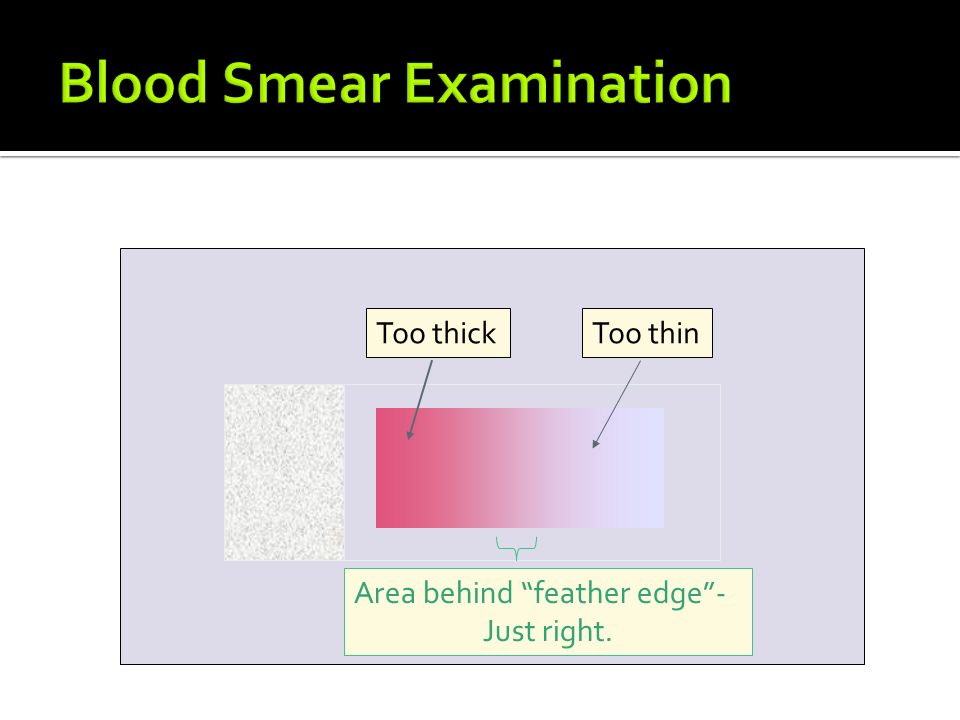
Erythropoiesis Normal And Abnormal Barrett W Dick M D Ppt Video Online Download

Practical Assessment Of Blood Smears In Dogs And Cats In Practice

Blood Smear Evaluation

Hematology Hemostasis College Of Veterinary Medicine At Msu
Cvm Ncsu Edu Wp Content Uploads 16 09 Blood Smear Basics 16 Pdf

In Clinic Hematology The Blood Film Review Today S Veterinary Practice
Http Williams Medicine Wisc Edu Blood Smear Pdf

Part One Deferential White Blood Cells Count Diff Wbcs Count And Microscopic Examination Of Well Stained Blood Film Page 2 Medicine Science And More
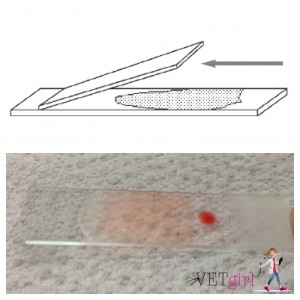
How Do I Make A Good Blood Smear Vetgirl Veterinary Ce Podcasts

In Clinic Hematology The Blood Film Review Today S Veterinary Practice
Camlt Org Wp Content Uploads 17 09 Hematology Essentials A Foundation For Accurate Smear Reviews 3 17 Pdf
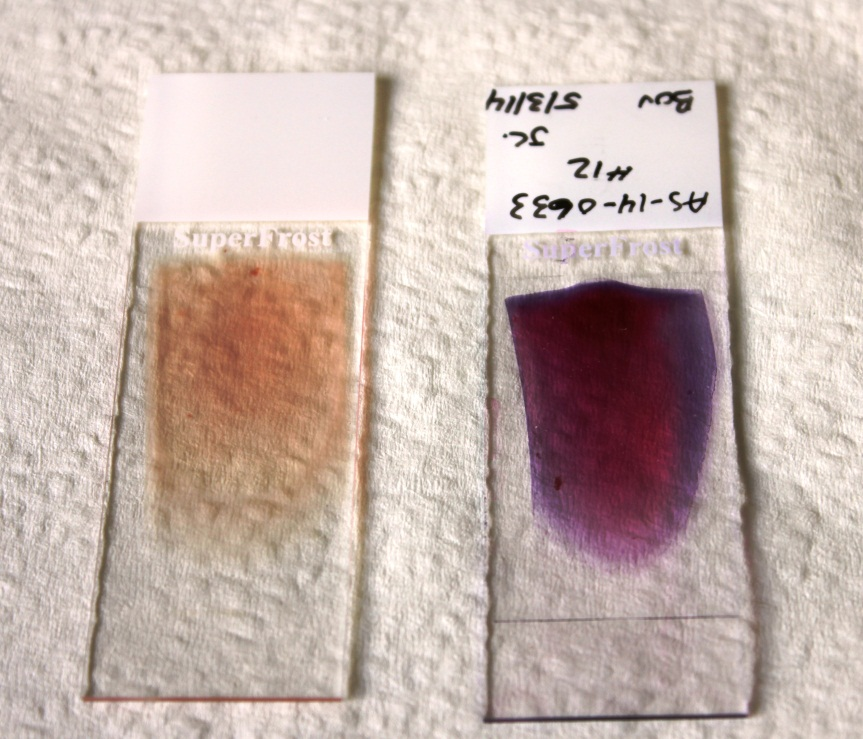
Blood Smear Technique For Veterinarians Agriculture And Food

Blood Film Wikipedia

Week Four Hematology Cbc Leukocytes Ppt Video Online Download
Q Tbn 3aand9gctspsjesswmjwhmg3e8sztosard6m6lzpltqindfj5zodaggvyn Usqp Cau
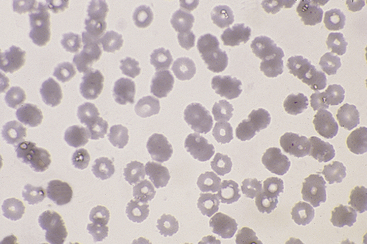
Peripheral Blood Smears Veterian Key

Feathered Edge Of Peripheral Blood Smear Medical Laboratories



